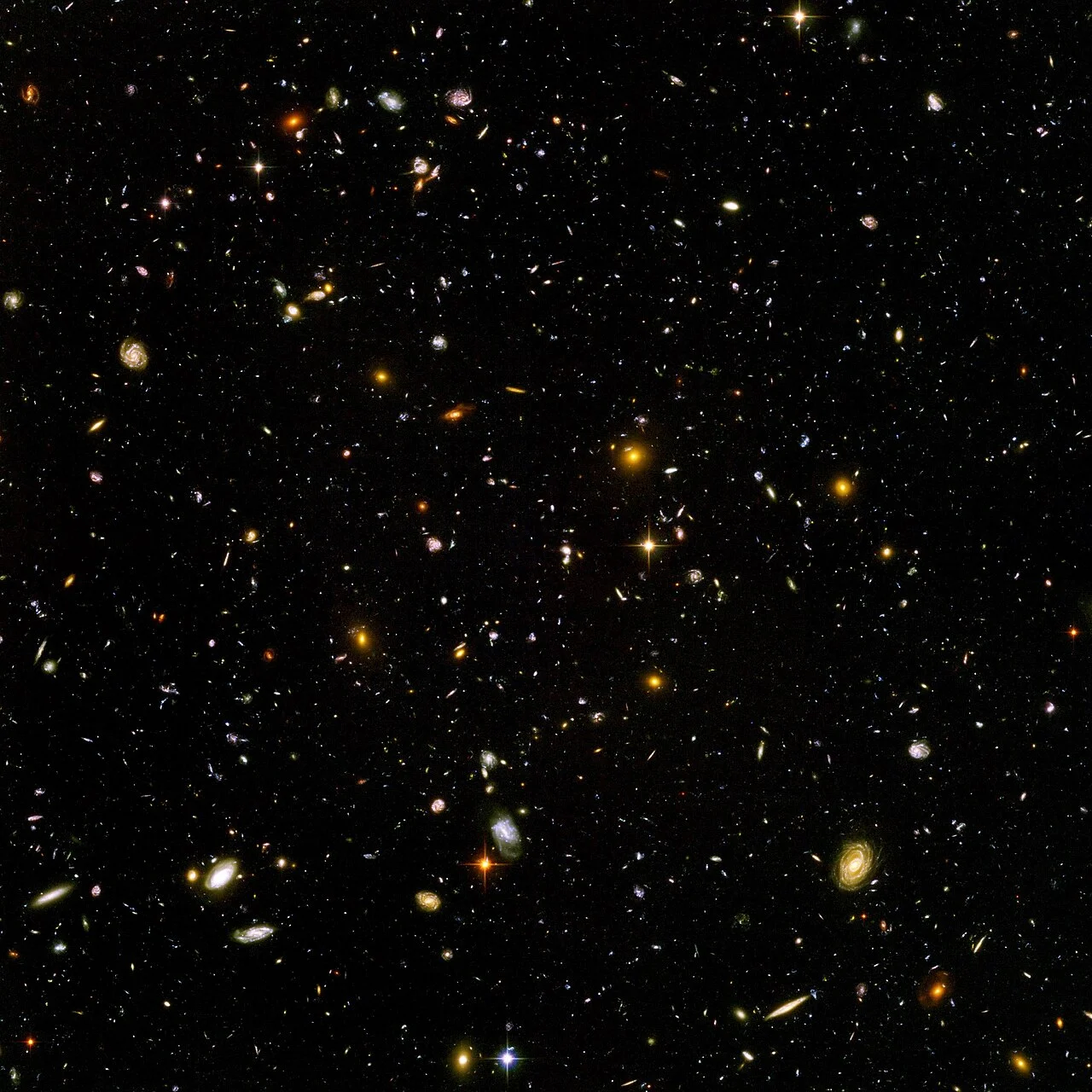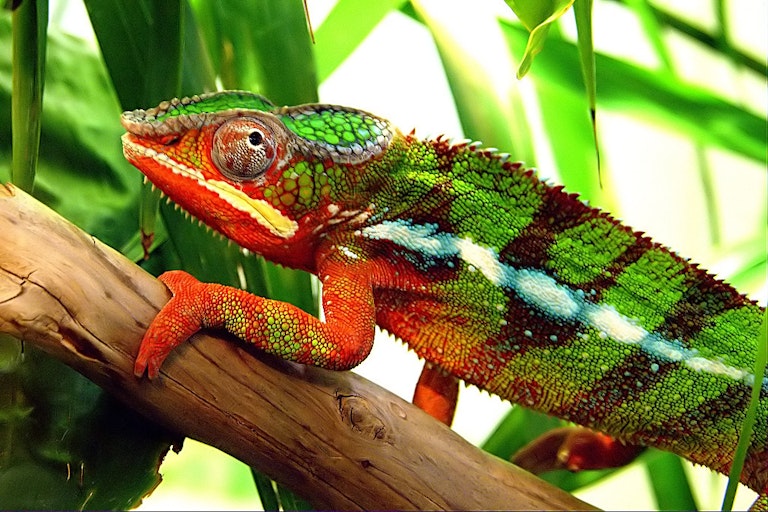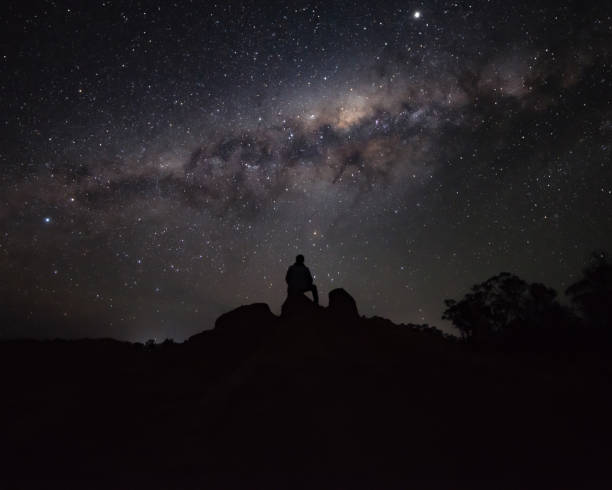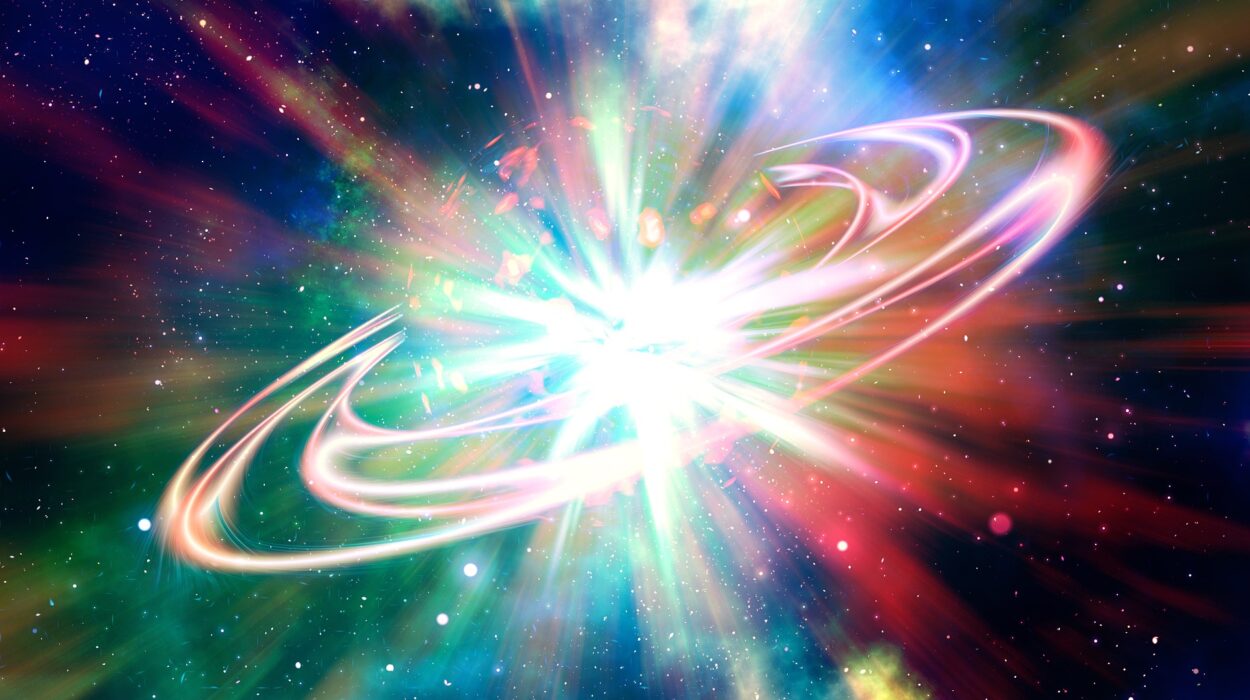Look around you. The screen you’re reading this on, the light illuminating your space, the breath rising in your chest, the memory forming in your mind—each is a miracle woven from the threads of science. Behind every heartbeat, every rustling leaf, and every whisper of the wind lies a beautiful interplay of three grand disciplines: physics, chemistry, and biology. These are not isolated subjects taught in separate textbooks—they are an inseparable triad, the great architects of the natural world.
Physics lays the foundation of reality with its unchanging laws of motion, energy, and force. Chemistry builds upon that stage, shaping the behavior and interactions of matter through elements and reactions. Biology, the most intricate of them all, uses the materials and principles of physics and chemistry to create life in all its astonishing diversity. Together, they explain not just how the world works, but why it works the way it does.
In this deep and immersive exploration, we will journey through the interconnected realms of these sciences—unpacking their principles, understanding their overlaps, and revealing how they collaborate to shape everything from the stars in the sky to the thoughts in your brain.
The Laws That Govern All—Physics as the Backbone of Reality
To understand the universe, we must first understand physics—the most fundamental science. At its core, physics seeks to explain how and why things move, change, and exist. It’s the science of matter, energy, space, and time. From the tiniest quarks to the vastness of galactic superclusters, physics defines the rules that govern all.
Everything begins with classical mechanics, the study of how objects move under the influence of forces. Sir Isaac Newton’s laws of motion still serve as the bedrock of our understanding. They explain how apples fall, why cars accelerate, and even how planets orbit stars. But classical physics is just the beginning.
When we peer into the microscopic world, Newton’s laws no longer suffice. Here, quantum mechanics reigns. In this strange realm, particles act like waves, outcomes are probabilistic, and certainty gives way to uncertainty. It is quantum physics that governs the behavior of atoms and molecules—the raw material for chemistry and the foundation of biology.
Equally vital is the theory of relativity, introduced by Albert Einstein. Special relativity redefined our concepts of space and time, revealing that they are intertwined in a four-dimensional fabric. General relativity went further, showing that gravity is not a force in the traditional sense but the warping of spacetime by mass and energy.
The electromagnetic force governs electricity and magnetism, enabling everything from lightning strikes to your cellphone. Thermodynamics explains how energy flows, why heat moves from hot to cold, and why perpetual motion machines are impossible. These laws are not suggestions—they are absolute, universal, and inviolable.
Physics, then, is not just about objects in motion or cosmic phenomena. It is the blueprint of reality. Without it, there would be no atoms, no light, no planets, no life.
The Chemistry of Change—How Matter Transforms and Interacts
If physics provides the rules, chemistry is the game played on that field. Chemistry is the science of matter and its transformations. It reveals how atoms combine to form molecules, how substances react and transform, and how energy is stored and released in these reactions.
At the heart of chemistry are the elements—fundamental substances listed in the periodic table. Each element has a unique number of protons in its nucleus, which defines its identity and chemical behavior. When atoms interact, they form chemical bonds—electrons are shared, transferred, or delocalized, giving rise to molecules with new properties.
The beauty of chemistry lies in its diversity. A few dozen elements come together in countless combinations to create everything we see and use: the sugar in fruits, the steel in bridges, the polymers in plastic, the ink in this text. Chemical reactions power engines, preserve food, clean our water, and enable modern medicine.
Organic chemistry, a subfield, is particularly crucial because it studies carbon-based compounds—the basis of life. Carbon’s unique ability to form four stable bonds makes it extraordinarily versatile, allowing for chains, rings, and complex structures that serve as the backbone of biological molecules like DNA, proteins, and lipids.
Inorganic chemistry deals with the rest of the periodic table, explaining the behavior of metals, salts, minerals, and gases. Physical chemistry merges the theories of physics with chemical processes, exploring reaction rates, equilibrium, and energy changes. Analytical chemistry helps identify the composition of substances, while biochemistry serves as a bridge into biology.
Chemical reactions underpin life itself. Digestion is a cascade of chemical reactions. Respiration is the combustion of glucose using oxygen. Photosynthesis transforms sunlight into chemical energy. Memory formation, muscle contraction, immune responses—all have chemical origins.
Chemistry is, in many ways, the art of transformation. It takes the static rules of physics and creates dynamic, ever-changing interactions. It is what makes the universe not just predictable, but colorful, flavorful, and alive.
Life Emerges—Biology as the Masterpiece of Integration
Enter biology, the study of life. Biology is the story of how matter, shaped by the laws of physics and rearranged by chemistry, organizes itself into living systems that grow, reproduce, adapt, and evolve.
Life begins at the molecular level. DNA, the molecule of heredity, is a double helix of nucleotides encoded with instructions for building proteins. These proteins, folded in precise ways, serve as enzymes, structural elements, messengers, and more. The processes of transcription and translation—governed by chemical interactions—turn genetic code into functional life.
Cells, the basic units of life, are astonishing microcosms. They maintain homeostasis, respond to stimuli, convert energy, and divide. Each organelle within a cell plays a specialized role, from the mitochondria powering metabolism to the ribosomes assembling proteins. These cellular functions obey the same thermodynamic laws that govern engines and stars.
Multicellular life brings additional complexity. Cells differentiate, forming tissues, organs, and organ systems. Biology spans scales—from molecules to ecosystems, from genes to populations. Evolution by natural selection, one of biology’s central theories, explains how life diversifies and adapts over time, sculpted by environmental pressures and genetic variation.
Physiology examines how organisms function, integrating chemistry and physics to explain how the heart pumps blood, how neurons transmit signals, how kidneys filter waste. Ecology zooms out, studying how organisms interact with each other and with their environments, showing the interconnectedness of life.
Even consciousness, the pinnacle of biological complexity, has roots in the chemistry of neurotransmitters and the physics of electrical signals. The sensation of pain, the joy of laughter, the spark of creativity—all stem from biological systems governed by chemical reactions and physical principles.
Biology is not separate from physics and chemistry. It is their symphony. Life is not magic; it is organized matter. Biology reveals how, under the right conditions, the universe becomes aware of itself.
The Intersections—Where Sciences Merge and Co-create
To truly understand our world, we must recognize that these sciences do not exist in isolation. They overlap, merge, and amplify one another.
Consider the field of biophysics, which applies the methods of physics to biological systems. It examines how muscles generate force, how DNA coils and uncoils, how ion channels control brain activity. Technologies like MRI and PET scans arise from biophysical insights.
Biochemistry explores the chemical processes within living organisms. It deciphers metabolic pathways, enzyme kinetics, and cellular signaling. Every drug you take, every nutrient you consume, exerts its effects through biochemical interactions.
Physical chemistry combines physics and chemistry to understand how chemical systems behave. It uses mathematical models to describe reaction mechanisms, energy transfers, and molecular dynamics.
In astrobiology, we look to the stars to understand the potential for life beyond Earth. This field integrates planetary science, molecular biology, and atmospheric chemistry to ask one of humanity’s biggest questions: Are we alone?
Even artificial intelligence and neuroscience are deeply tied to physics and chemistry. Neural networks mimic the structure of biological brains. The action potentials in neurons follow physical laws, while neurotransmitter interactions are chemical reactions.
The boundaries between disciplines are not lines—they are bridges. The deeper we dive into any one science, the more we encounter the others. This is the essence of interdisciplinary science: a holistic view of reality.
Science in Everyday Life—From the Mundane to the Marvelous
You don’t have to be a scientist to see the fingerprints of physics, chemistry, and biology in your daily life. They’re everywhere.
When you brew coffee in the morning, you’re performing a chemistry experiment—hot water extracts aromatic compounds from ground beans, forming a complex solution. The heat is transferred through convection, a physical process. Your taste buds, made of living cells, detect the chemicals and send signals to your brain, a biological marvel.
Your smartphone uses physics in its microprocessors and touch screen sensors. The battery involves electrochemical reactions. Apps that track your heart rate monitor biological data, using physical sensors and biochemical models.
When you exercise, your muscles use ATP generated through cellular respiration. Sweating regulates body temperature through evaporative cooling—a physical phenomenon. Lactic acid builds up, altering your body’s internal chemistry. The muscle fibers adapt over time, a biological process.
Even emotions have scientific roots. Falling in love triggers the release of dopamine and oxytocin—chemical messengers. These affect neuronal circuits in the brain governed by electrochemical gradients.
Science is not confined to labs or textbooks. It is the living, breathing, dynamic story of our world. It explains how birds migrate, how bridges stand, how viruses infect, and how memories form. It transforms awe into understanding.
The Quest for Understanding—How Science Continues to Evolve
Science is not static. It is a dynamic, evolving journey—always refining, revising, and reaching further. Discoveries in one field often ripple into others.
The discovery of DNA’s structure, for instance, was as much a triumph of physics (via X-ray crystallography) as it was of biology. Advances in quantum computing will reshape our ability to model chemical reactions. Gene editing tools like CRISPR rely on an understanding of molecular biology, guided by chemical interactions and refined by physical instrumentation.
New frontiers such as synthetic biology aim to design new forms of life using programmable DNA. Nanotechnology manipulates matter at the atomic scale, merging chemistry and physics in applications from medicine to materials science.
Climate science integrates atmospheric physics, ocean chemistry, and ecosystem biology to understand and combat environmental change. Space exploration involves rocket physics, planetary geology, and the search for extraterrestrial biology.
Science is a collective human endeavor, always growing. Its power lies not in knowing everything, but in its relentless curiosity and its willingness to question, test, and learn.
Conclusion: A Unified Vision of Science and Reality
At first glance, physics, chemistry, and biology may seem like separate realms—each with its own language, tools, and theories. But in truth, they are harmonized voices in the great song of existence. Physics provides the rhythm, chemistry the melody, biology the lyrics. Together, they tell the story of a universe that is not only comprehensible but also exquisite.
Understanding this interconnectedness doesn’t just make us better scientists—it makes us better thinkers, citizens, and stewards of the world. It helps us see the unity behind diversity, the order behind chaos, and the profound beauty in every leaf, heartbeat, and star.
The science behind everything is not merely about atoms, forces, or genes. It’s about curiosity, wonder, and the human drive to make sense of our place in the cosmos. In a world shaped by physics, chemistry, and biology, every answer leads to deeper questions—and every question brings us closer to understanding everything.






